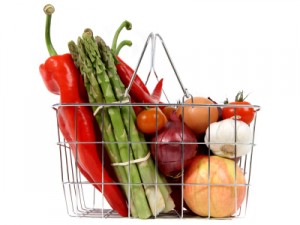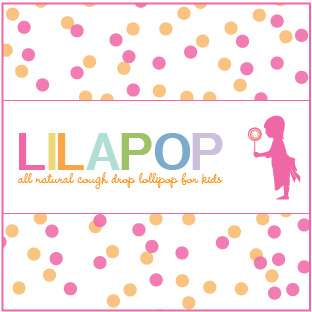The Dirty Dozen
May 17th, 2010
With the news out today linking yet another environmental substance to our children’s developmental health, this time ADHD and pesticides, I thought it prudent to share with you the 2010 ‘Dirty Dozen’ list. These are the fruits and vegetables that you should absolutely buy organic because of the high amounts of pesticide residue found on the non-organic versions. It’s worth the extra money people.
1. Celery: Celery has no protective skin, which makes it almost impossible to wash off the chemicals that are used on conventional crops.
Can’t find organic? Safer alternatives include broccoli, radishes and onions.
2. Peaches: Multiple pesticides are regularly applied to these delicately skinned fruits in conventional orchards.
Can’t find organic? Safer alternatives include watermelon, tangerines, oranges and grapefruit.
3. Strawberries: If you buy strawberries out of season, they’re most likely imported from countries that use less-stringent regulations for pesticide use.
Can’t find organic? Safer alternatives include kiwi and pineapples.
4. Apples: Like peaches, apples are typically grown with the use of poisons to kill a variety of pests, from fungi to insects. Scrubbing and peeling doesn’t eliminate chemical residue completely, so it’s best to buy organic when it comes to apples. Peeling a fruit or vegetable also strips away many of their beneficial nutrients.
Can’t find organic? Safer alternatives include watermelon, bananas and tangerines.
5. Blueberries: Blueberries are treated with as many as 52 pesticides, making them one of the dirtiest berries on the market.
6. Nectarines: With 33 different types of pesticides found on nectarines, they rank up there with apples and peaches among the dirtiest tree fruit.
Can’t find organic? Safer alternatives include, watermelon, papaya and mango.
7. Bell Peppers: Peppers have thin skins that don’t offer much of a barrier to pesticides. They’re often heavily sprayed with insecticides.
Can’t find organic? Safer alternatives include green peas, broccoli and cabbage.
8. Spinach: Spinach can be laced with as many as 48 different pesticides, making it one of the most contaminated green leafy vegetable.
9. Kale: Traditionally kale is known as a hardier vegetable that rarely suffers from pests and disease, but it was found to have high amounts of pesticide residue when tested this year.
Can’t find organic? Safer alternatives include cabbage, asparagus and broccoli.
10. Cherries: Even locally grown cherries are not necessarily safe. In fact, in one survey in recent years, cherries grown in the U.S. were found to have three times more pesticide residue then imported cherries.
Can’t find organic? Safer alternatives include raspberries and cranberries.
Government testing has found 42 different pesticides on cherries.
11. Potatoes: America’s favorite vegetable can be laced with as many as 37 different pesticides.
Can’t find organic? Safer alternatives include eggplant, cabbage and earthy mushrooms.
12. Grapes: Imported grapes run a much greater risk of contamination than those grown domestically only imported grapes make the 2010 Dirty Dozen list. Vineyards can be sprayed with different pesticides during different growth periods of the grape, and no amount of washing or peeling will eliminate contamination because of the grape’s thin skin.
Can’t find organic? Safer alternatives include kiwi and raspberries.
Source: thedailygreen.com
Related Posts
Written by Lea Barlow • Leave a comment










